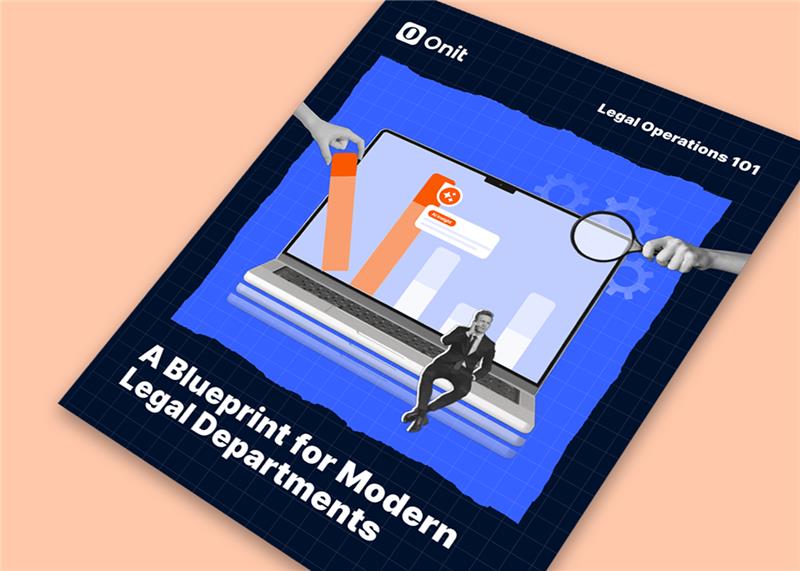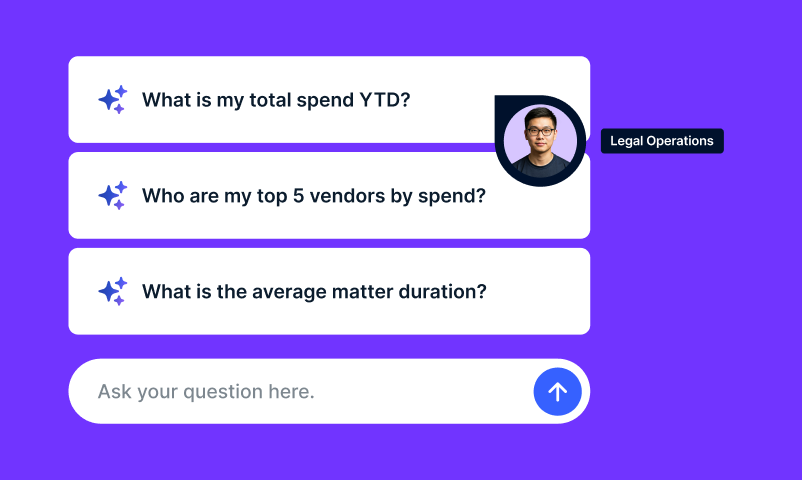
There’s no question that 2020 was an unusual year for organizations across all industries – and their law departments. From being forced into working from home overnight to embracing new technologies at an accelerated pace, law departments have adapted in ways they never imagined.
The Blickstein Group recently released its 13th Annual Law Department Operations Survey, titled “Weathering the Storms of 2020.” The findings show that, despite the pandemic’s unprecedented challenges and novel demands, corporate law departments have weathered those storms well.
As the survey points out, the world changed dramatically in the year since the 2019 Law Department Operations Survey. The impacts of those changes, however, were less dramatic. Here are just some of the critical insights about legal ops in 2020.
The Biggest Challenges
Survey respondents were asked to identify their most significant challenges in 2020 relating to law department functions, and notably, COVID-19 was nowhere near the top of the list. Instead, the top-three challenges identified were:
- Cost containment and savings/managing the budget – 60.3%
- Business process improvements – 56.2%
- Departmental resources (e.g. funding for personnel/technology, personnel retention) – 38.4%
Concerns about cost containment are nothing new, as managing costs and budgeting have long been a focus for legal ops professionals. The same is likely to remain true throughout 2021 and into the future, making Enterprise Legal Management solutions – which simplify legal operations by analyzing legal spend, minimizing company risk and driving process efficiency – valuable investments.
Delivery of Work Product
Disruption to everyday business practices and routines seemed to come from all sides in 2020, but law departments didn’t let that stand in their way. When asked if they noticed a diminished ability of their internal legal teams to deliver work product due to the pandemic and working from home, a staggering 94% of respondents said no.
Much of this ability to avoid disruption can be attributed to advanced technologies that support remote legal operations management work, allowing legal departments to deliver the high-quality work product from anywhere. Automation and AI also played a major role in seeing legal ops through the pandemic. For example, a tool like Review AI automates contract review, cuts contract review time by up to 70% and increases accuracy in reviewing, redlining and editing all types of contracts. These tools are critical to improving efficiency and eliminating manual tasks that would otherwise present barriers to remote work
Focus on Diversity
The pandemic wasn’t the only thing grabbing headlines in 2020. Diversity and inclusion were perhaps more in the spotlight than ever before. While companies across the country struggled to figure out how to best address diversity and inclusion within their ranks, what was clear was that more and more law departments were turning the focus to these issues. When asked what employee-related metrics they track, 72.7% reported tracking diversity, up significantly from prior years’ surveys.
While there’s no one-size-fits-all solution for improving diversity and inclusion, technology can play a significant role in achieving progress. At Onit’s recent Hack the House competition, one team – Team Diversity – built a solution to expand opportunities for diversity and an equal opportunity workspace using Onit Apptitude in just three weeks. (You can see a demo here.) This is only one example of how legal ops professionals can use institutional data to address workplace challenges and track progress on important issues.
Law Firm Rates
Law firm rates have increased in 2020, according to law departments. When asked how overall law firm rates changed in the past year, only 3.6% of law department respondents reported any decrease. In fact, 69.7% reported an increase, while 26.8% said that rates remained flat. Participants indicated they expect this increase to continue in the next 12 months, with 46.4% expecting an increase.
There’s no reason to think these trends won’t continue for the foreseeable future. That means it’s more important than ever to be able to track invoices and ensure that your law firm’s charges are accurate and in-line with your billing guidelines. With Onit Enterprise Legal Management, you’ll have the data you need to show the value your law firms are providing to the organization in exchange for the rates they’re charging.
For more insights on the state of legal ops in 2020 and how the pandemic has impacted law department operations, you can download the entire survey here.






